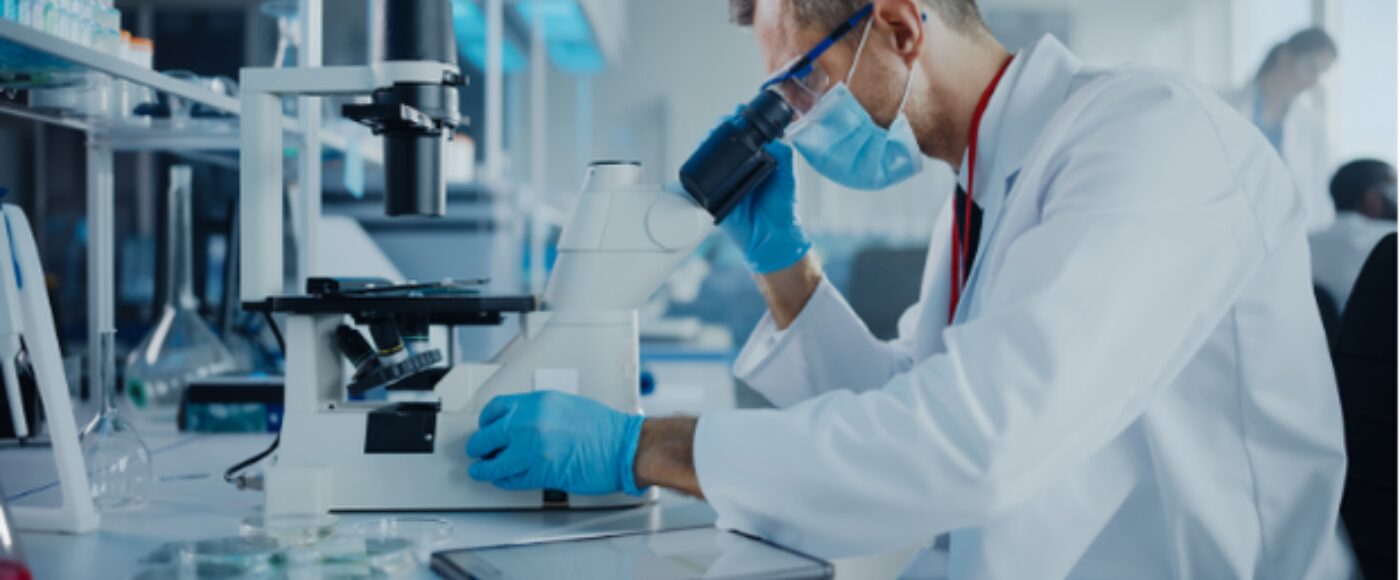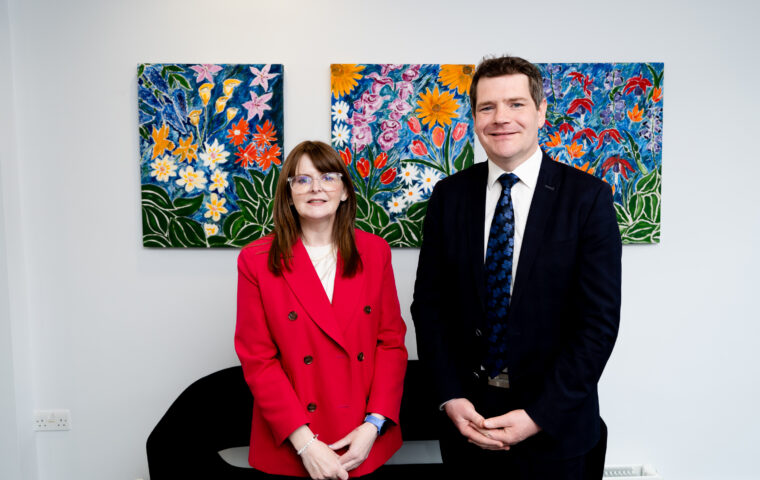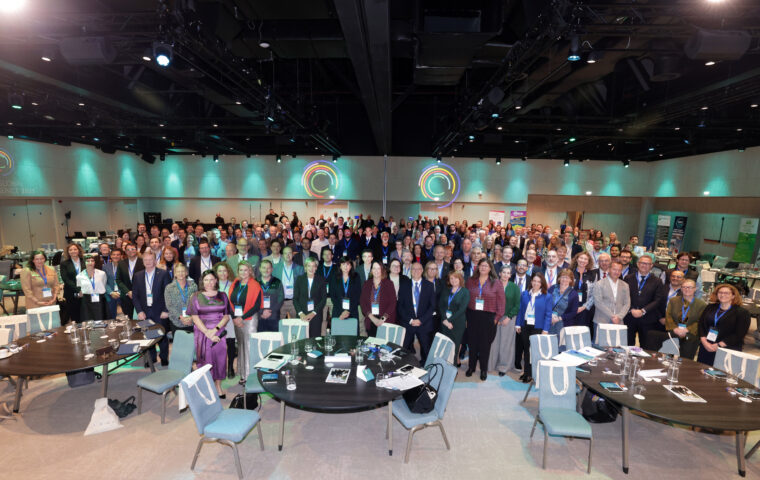
The £100 million international programme fuelling Research & Development
Since 2006, the US-Ireland R&D Partnership between Ireland, Northern Ireland and the United States of America has encouraged innovation and scientific progress amongst researchers and industry.
From its inception, the programme has promoted cross-border research collaboration, enabled by the Good Friday Agreement’s principles of “equality, partnership and mutual respect” to facilitate cross-border research and development.
By connecting researchers and industry leaders in both Ireland and Northern Ireland with their peers in the United States, the potential for growth is far greater than if they operated purely within their own respective jurisdiction.
In terms of the research itself, it spans sectors ranging from agriculture and nanotechnology to public health and cybersecurity, the latter is a new point of focus from 2020. Placing particular emphasis on megatrend issues that affect businesses and societies across the globe, this programme is playing an essential role in facilitating real knowledge sharing and progress across a plethora of different sectors.
The level of funding it has achieved thus far is testament to the standard of research, with the £100 million threshold having been achieved in 2021. While the research is funded by each jurisdiction and research takes place in each country, the knowledge gained can benefit much farther afield.
Leaders of the programme
Having served the programme for the best part of a decade, Dr. Rosemary Hamilton CBE who is the current Northern Ireland Co-Chair for the partnership, points to a core aspect of what makes it so successful - the connection between the three member states.
“There’s a great synergy, when the three different jurisdictions get together to work on a common issue. The output from those three is probably greater than the sum of the individual outputs,” Dr. Hamilton said.
“Those opportunities for contacts enable people to develop relationships, and if you have a relationship with somebody it’s a lot easier to pick up the phone one day and say ‘we’ve got this issue here, can we talk it through?’
“Getting people together at that sort of level has been very advantageous for relationships and exchanges within Ireland and Northern Ireland,” she added.
Dr Rosemary Hamilton
Reece Smyth is Director of the Office of Science and Technology Cooperation in the Bureau of Oceans and International Environmental and Scientific Affairs at the U.S. Department of State and current interim US co-chair for the partnership. Putting emphasis on the transatlantic nature of the partnership, he said he looks forward to what the future has in store.
“The US-Ireland Research and Development Partnership is a model for transatlantic research collaboration. The idea for the Partnership came after the Good Friday Accords to build trust among the people of Ireland and Northern Ireland by increasing scientific cooperation.”
“The Partnership increased trade and economic links and international collaboration in health, agriculture, and transportation. Its numerous projects were impactful not only for researchers and industry that benefited from the innovation, but also at a societal level, as the partnership responded to pivotal challenges such as climate change.
“The partnership is now a model for international research and development cooperation used by the U.S. National Science Foundation. The United States looks forward to continuing our collaboration with our partners,” he said.
Reece Smyth
Co-Chair for Ireland, Feargal Ó Móráin echoed Dr. Hamilton’s sentiment about collaboration. Connecting industry leaders across borders opens up endless opportunities for growth, allowing the development of projects that would have otherwise been impossible.
“At a broader level, it has led to a lot of interaction between researchers in the three jurisdictions. People who in some cases might have known each other, in many cases didn’t know each other at all.
“Because of these research projects, they have gotten to know each other and gotten to know the research facilities which are available in the different countries,” he said.
Speaking about how the involvement of the United States is particularly beneficial given the much smaller size of both Ireland and Northern Ireland, Feargal said the programme “allows the researchers to collaborate with huge research centres in the US.”
“It has enabled much deeper collaboration with very significant and very high quality research centres in the United States,” he added.
Feargal Ó Móráin
That sentiment chimes with Dr. Hamilton’s experience, she emphasises the widespread collaboration that has influenced all levels of its operation. From the management of long-term goals to the individual research projects themselves, she said there was a shared desire for progress across the board.
"It’s a real privilege for me to be involved in this partnership. Everybody that I've met has always been so enthusiastic about it, so positive. When you’re talking to researchers, people from government, the universities, there’s such a great deal of support for it and people are very excited to be involved with it,” she concluded.
Funding is provided by a total of nine government departments in the three jurisdictions. In Ireland funding is provided by Science Foundation Ireland, the Health Research Board and the Department of Agriculture Food and Marine. In Northern Ireland the funding comes from the Department for the Economy, Health and Social Care R&D Division of the Public Health Agency and the Department for Agriculture, Environment and Rural Affairs. And finally, funding in the United States is provided by the National Science Foundation, National Institutes of Health and the United States Department of Agriculture.
The partnership is led by a steering group of senior representatives drawn from government and academia from each jurisdiction with InterTradeIreland, the cross-border trade and business development body providing support.
Find out more information about the US-Ireland R&D Partnership.


